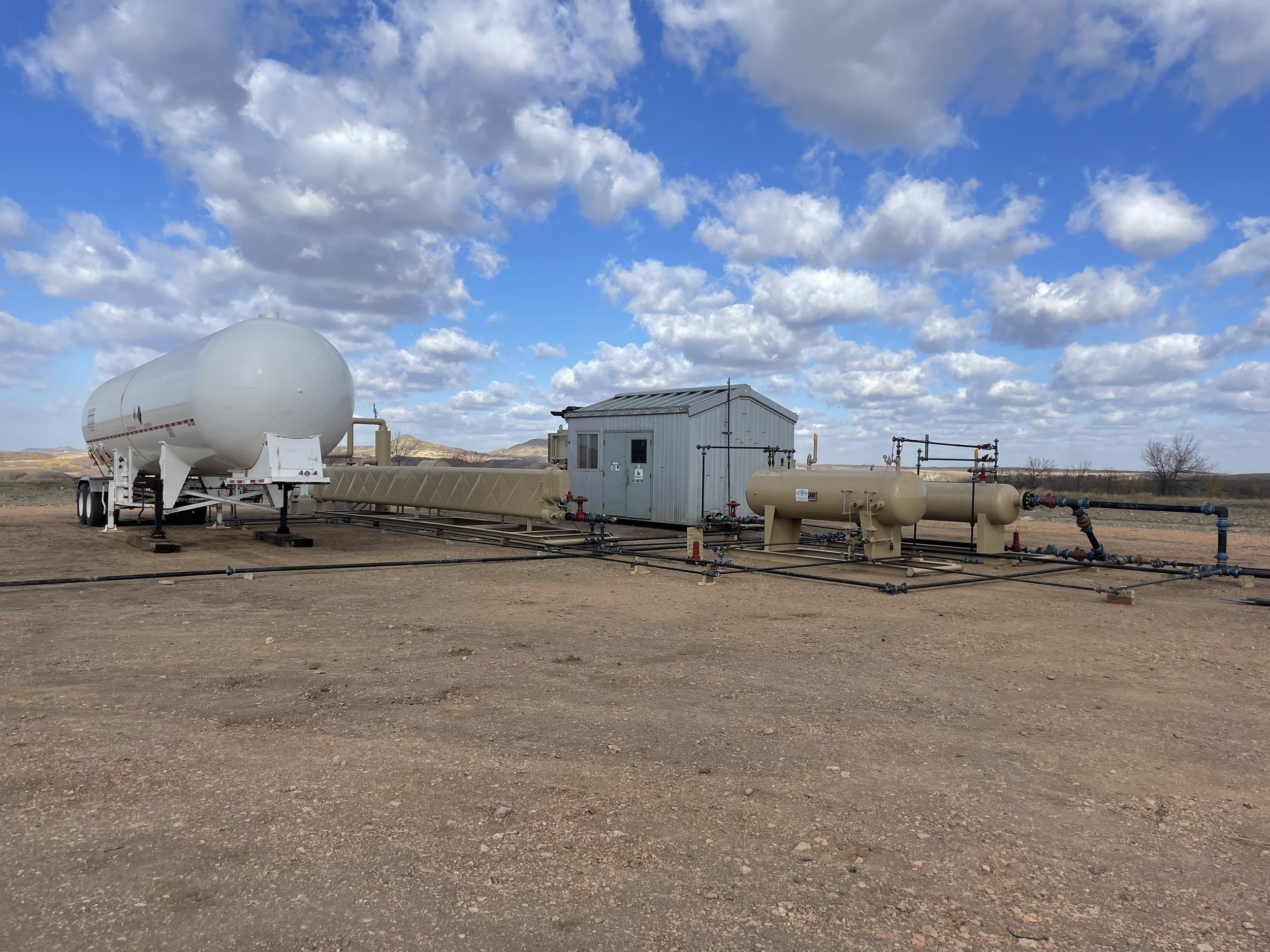Gas Conditioning, Compression and NGL Recovery
On-site Natural Gas Conditioning, Compression, and Natural Gas Liquids (NGL) Recovery are essential processes for optimizing the use of natural gas resources and mitigating flaring in the oil and gas industry. These processes help capture and utilize stranded natural gas, reducing the need for flaring and minimizing environmental impacts.
Natural Gas Conditioning: Conditioning is the process of treating and purifying natural gas to remove contaminants, such as water, hydrogen sulfide, and carbon dioxide, to meet industry specifications for transportation and utilization. This process helps reduce corrosiveness, improve combustion efficiency, and prevent damage to pipelines and other equipment. By conditioning the natural gas on-site, producers can capture and utilize the gas that would otherwise be flared.
Natural Gas Compression: Compression is the process of increasing the pressure of natural gas to facilitate its transportation and storage. On-site compression allows for the efficient capture and use of associated gas produced alongside oil, which might otherwise be stranded due to insufficient pipeline infrastructure or low pressure. By compressing the natural gas, it can be more easily transported to end-users or utilized in on-site applications, reducing the need for flaring.
Natural Gas Liquids (NGL) Recovery: NGL recovery involves the liquid extraction of valuable heavy hydrocarbons, such as ethane, propane, and butane, from natural gas streams. These recovered NGLs can be further processed into marketable products, increasing the revenue potential for producers. By capturing and processing NGLs on-site, producers can effectively utilize the gas that would otherwise be wasted through flaring.



